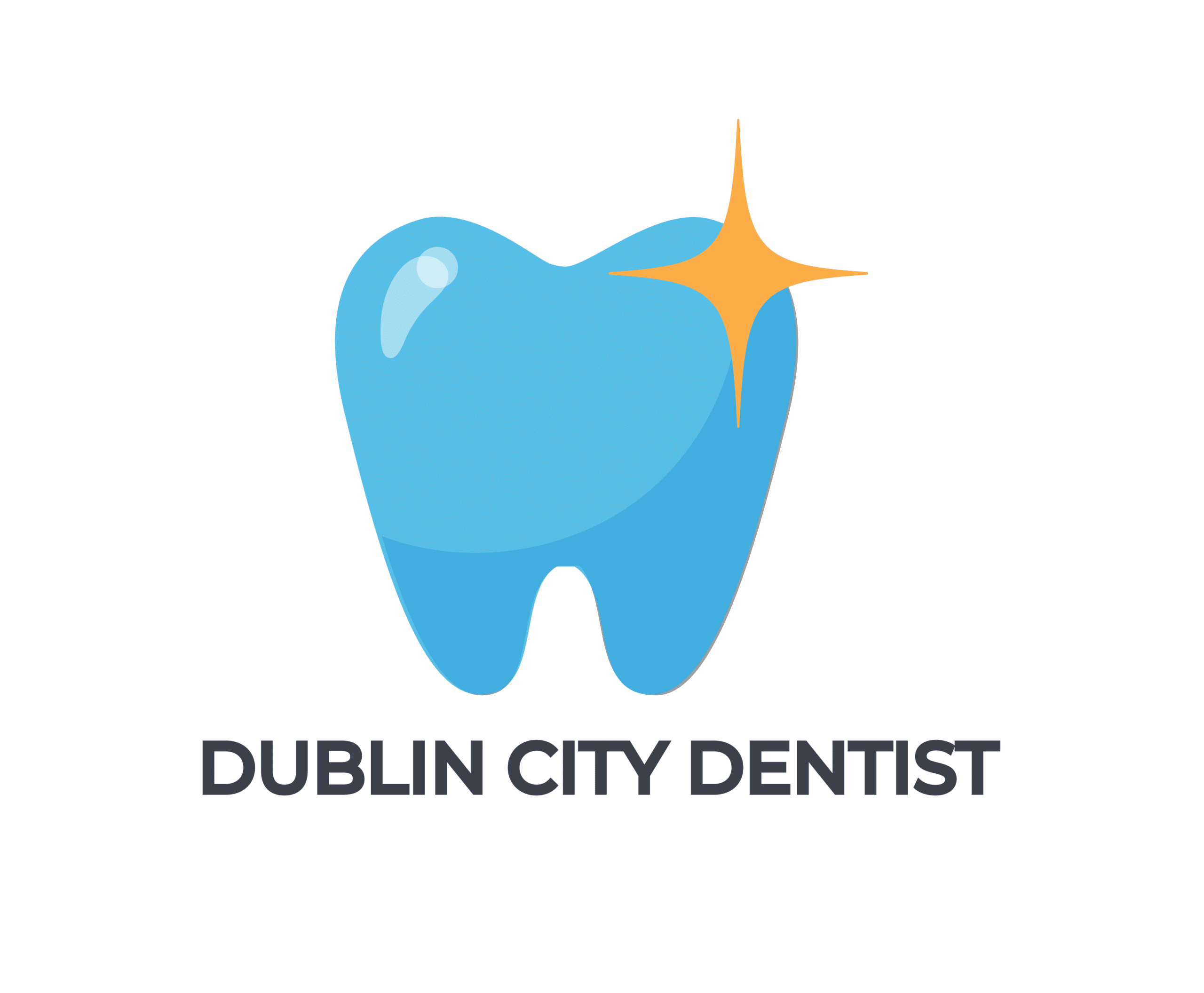What is a Dental Bridge? Benefits, Types, Costs

What is a Dental Bridge?
A dental bridge is a common dental restoration procedure for the replacement of one or several missing teeth. It involves fitting a false tooth (or teeth) between two crowns that are fitted onto the natural teeth or dental implants either side of the gap. This “bridge” is a way to restore the function and aesthetics of your smile. Not only does this treatment improve the aesthetics of your smile, but it restores your ability to eat and speak normally. Dental bridges work to keep your face in shape and keep your adjacent teeth from drifting out of position.
Types of Dental Bridges
The most common type of dental bridges is Traditional Dental Bridges. They comprise one or more artificial teeth that are held in place by the dental crowns. These crowns are then cemented onto the teeth adjacent to the lost tooth. This type of bridge is very strong and is able to withstand a great deal of force brought about by the process of chewing.
- Cantilever bridges are used when the missing tooth is adjacent to only the one side of the adjacent teeth. This bridge is not as popular and is typically used within the mouth in areas that are less stressed, such as the front teeth. If you have a missing front tooth, a cantilever bridge may be an available option for you.
- Maryland bridges, also called resin-bonded bridges, are made up of a metal or porcelain framework that is retained in place by the cementing of the backs of the teeth adjacent to it. This type is a common option when it comes to replacing the front teeth. If you would choose to undergo a less invasive treatment that preserves your natural teeth, then a Maryland bridge is an option for you.
- Implant-supported bridges are used in the case that you are missing more than one tooth. The stability for those types of bridges is achieved using dental implants, not crowns. This type of bridge is incredibly stable and could be a great option if you are missing a few teeth in a row.
Benefits of Dental Bridges
1. Getting Your Bite Back
Dental bridges help to get your bite back in order. When you are missing teeth, it can be difficult to eat all the foods that you love and could even cause your speech to be affected. With a dental bridge, you will have the ability to eat your favorite meal and talk with no problem.
2. Improving Your Smile
A dental bridge can make a world of difference in your smile. The gap is being filled with a natural-looking addition that is a perfect match for your other teeth. If you have been upset about missing teeth and trying to hide your smile, a bridge can have you smiling confidently in no time.
3. Keeping Teeth in Place
If you were to lose a tooth, the other teeth could start to move into that open area and become misaligned. A dental bridge helps to bridge that gap and keep your teeth in place where they belong. This will keep your bite from getting out of alignment and also prevent other dental problems from occurring.
How Dental Bridges Work
First of all, I will begin by preparing the abutment teeth, the teeth that are on either side of the gap. This is really just reshaping these teeth so that they can support the crowns that will help anchor your bridge in place. I will very carefully grind away at these teeth so that they can be prepared for the crowns. Next up, we’ll take an impression of your mouth. This impression is very important because it will be used to make a model of your bridge. We want to make sure that the bridge is a perfect fit in your mouth, and that’s why this impression is so important.
While we’re waiting for your permanent bridge to be created, I’m going to put a temporary bridge in place. The temporary bridge will keep the exposed teeth and gums protected and allow you to function more comfortably in the meantime. Once your permanent bridge is finished, you’ll come back in, and we’ll take out the temporary bridge. Then, I’ll cement your new bridge into place. It should fit comfortably and securely. I’ll make adjustments as needed so that it feels just right.
After the procedure and the healing process, keeping good oral hygiene and coming in for regular dental visits is very important to ensure the longevity of your new dental bridge. Brush and floss regularly, and follow any specific care instructions that I give you so that you can keep your bridge in great shape. Regular check-ups will also make it more likely that we’ll be able to catch any potential problems early on. If you have any questions or concerns about the process, feel free to ask. I’m here to help you every step of the way.
Let’s talk about the materials that are used in dental bridges.
- Porcelain: The most common material used for dental bridges is porcelain, and this type of material is especially used for bridgework on the front teeth. Porcelain bridges are extremely popular due to the fact that they look very natural and can be matched to the same color as your natural teeth. They are also quite strong and can hold up to everyday use, such as eating and speaking, without any problems.
- Metal Alloys: If strength and durability are a big concern for you, metal alloy bridges are a perfect option. These bridges are often used in the back of your mouth because the forces from chewing are the greatest in the back of your mouth. While they are not often as aesthetically pleasing as porcelain, they give you unmatched strength and support.
- Zirconia: Zirconia bridges offer you the best of both worlds – the strength of metal and a natural appearance of porcelain. Zirconia is quite strong and can withstand a great deal of wear and tear but can also look very natural, which makes it a great choice for a durable and aesthetically pleasing bridge.
- Composite Resin: Composite resin is a material often used for temporary bridges, or for individuals who are looking for a more cost-effective option. While composite resin may not be as strong as porcelain or metal, it can give you a cost-effective alternative that still will give you a decent appearance and function.
Which material is the best for your dental bridge will really depend on a variety of different factors, such as where the bridge is going to be placed, your budget, and your aesthetic desires. If you have any questions or need advice on which material may be the best for you, please don’t hesitate to ask. I am here to help you make the best choice for your dental health and smile.
Cost of Dental Bridges
The cost of a dental bridge in Dublin can vary depending on several factors, including how many teeth you are replacing, the quality of materials used (such as porcelain, metal alloys, or zirconia), and the complexity of the procedure. The location of your dentist and their level of experience can also influence the cost. Generally, you can expect to pay between €460 and €1,100 per tooth for a traditional dental bridge. If you are considering an implant-supported bridge, which is more expensive, costs can range from €1,840 to €4,600 per tooth. To get an accurate estimate of what you can expect to pay, ask your dentist for a detailed quote.
Many dental insurance plans will cover the cost of a dental bridge to some extent. You should check with your insurance company to understand what your plan offers. Some plans will cover a portion of the cost, while others may pay a set amount. Ensure you get the details from your insurance company so that you can plan accordingly.
Who Needs a Dental Bridge?
If you are missing one or more teeth and still have teeth and gums that are healthy and strong enough to support a bridge, you may be a good candidate for a dental bridge. A dental bridge is a functional and reliable way to replace missing teeth and can give you both your smile and your bite functionality back.
A traditional bridge may not be the best option for you if you have serious gum disease or a lack of bone structure. If that is the case, an implant-supported bridge may be a better option. As your dentist, I’ll also examine your overall oral health to help you determine the best option for you. This includes looking at the health of your remaining teeth and gums, and I may recommend treatments to ready your mouth for a bridge if needed.
If you’re considering a dental bridge, professional consultation is key. At your consultation, I’ll help you consider all your options and guide you to the best choice for your dental health and lifestyle. If you have any questions or need more information, please don’t hesitate to ask. I’m here to help you make the best choice for your smile and overall oral health. Contact our dentist clinic in Dublin today!
Dental bridges are a tried and true option for replacing missing teeth. They restore your ability to chew and speak properly, improve your appearance, and prevent other teeth from shifting and moving out of alignment. Whether you choose the traditional bridge, a cantilever bridge, a Maryland bridge, or an implant-supported bridge, it’s important to maintain good oral hygiene and regular dental visits to help ensure your bridge lasts as long as possible. Work with your dentist to help you decide on the best bridge for your mouth and take pleasure in the benefits of a complete, healthy smile.

Save up to 50%
on all services!
Why wait to get the perfect smile you’ve always wanted?
Our team of experts is committed to providing personalized care and attention, and we take the time to listen to your concerns and answer all of your questions.






